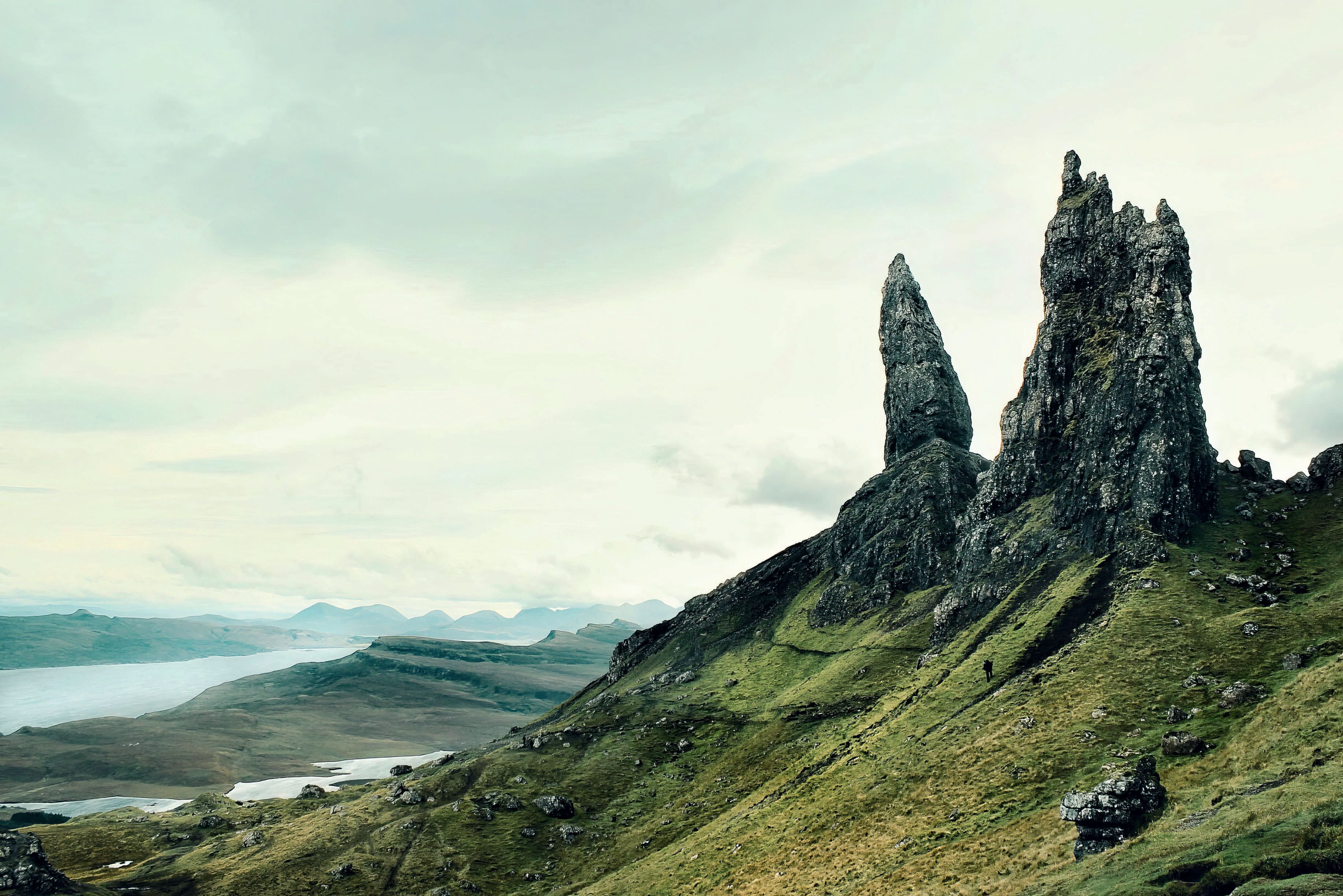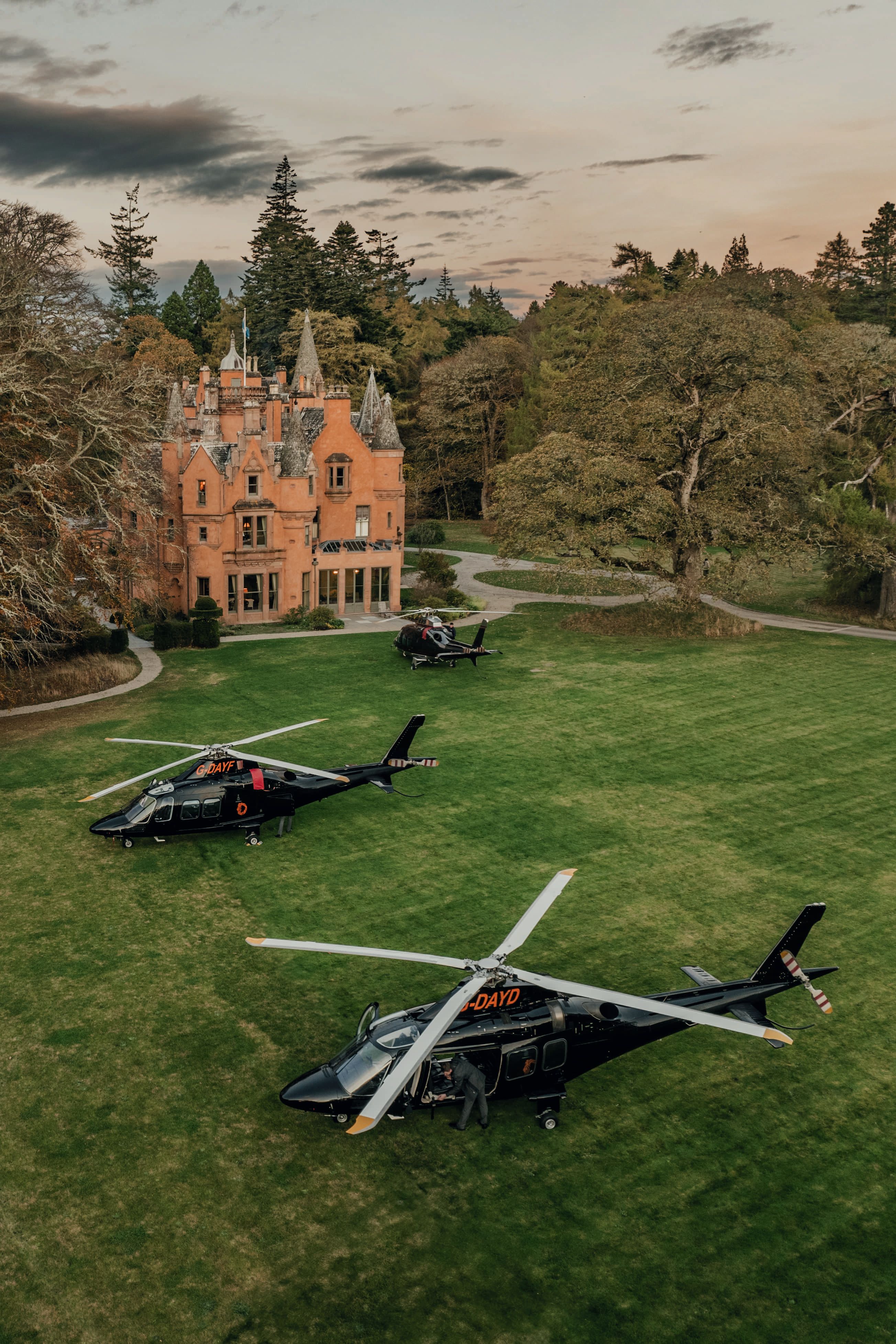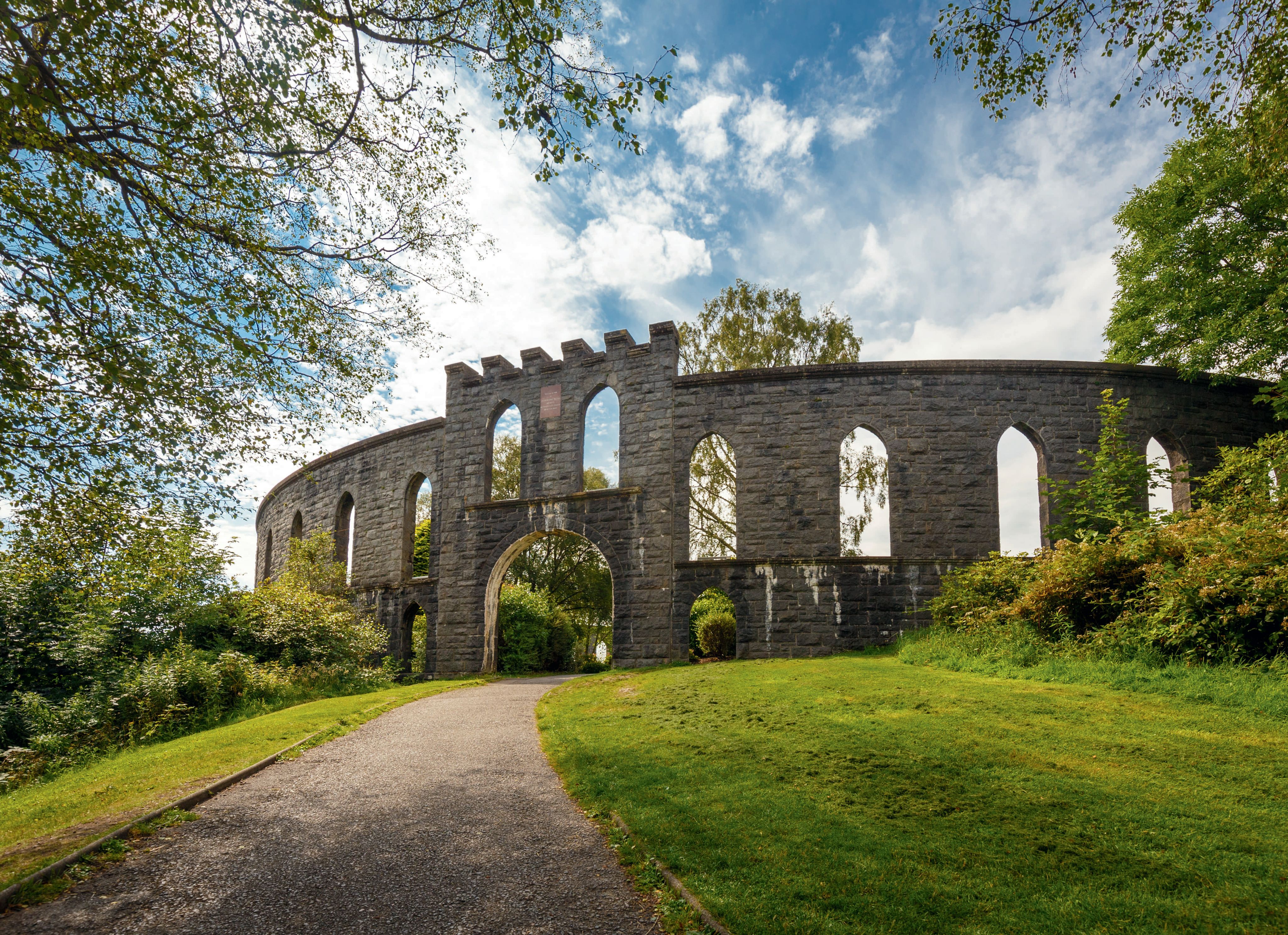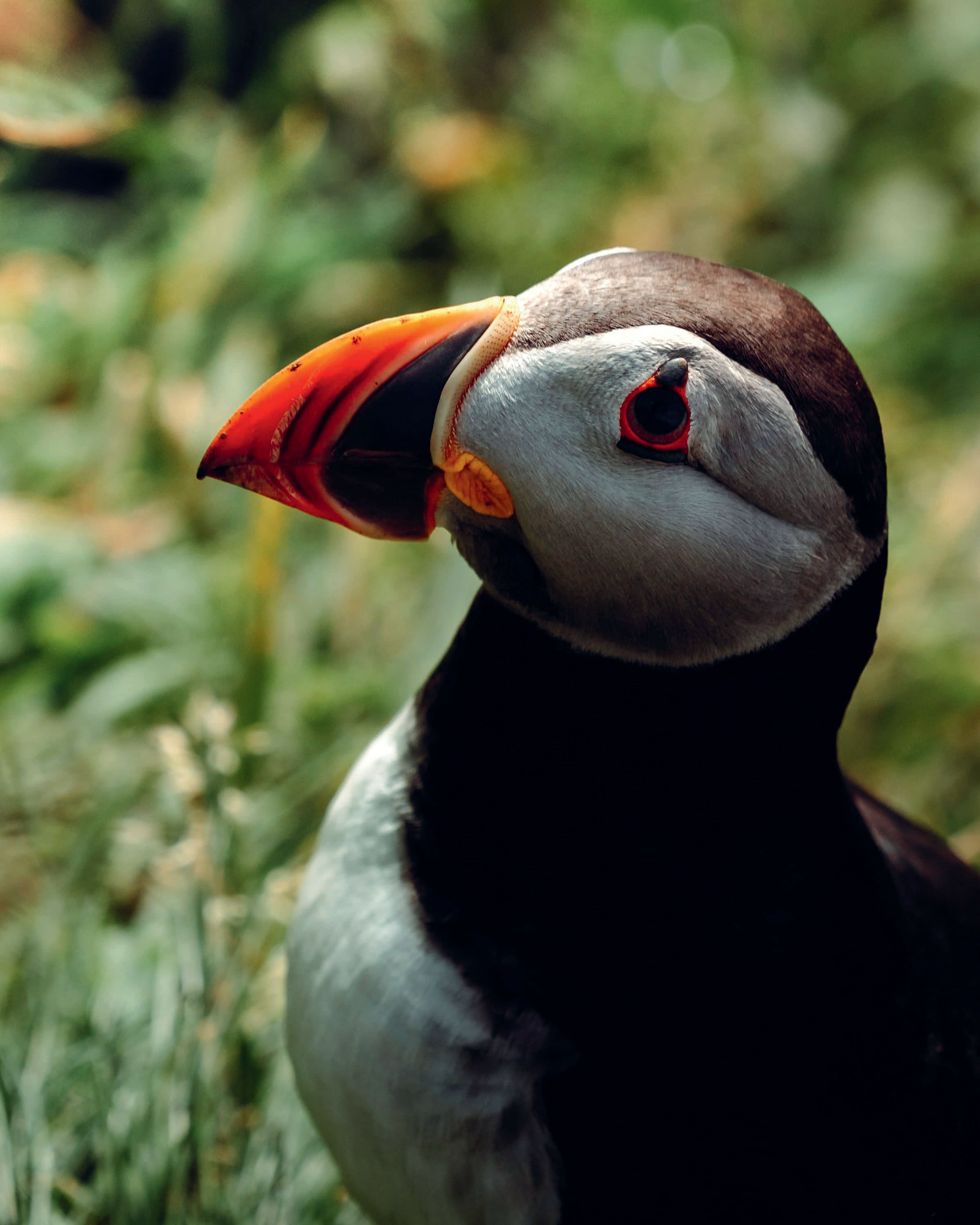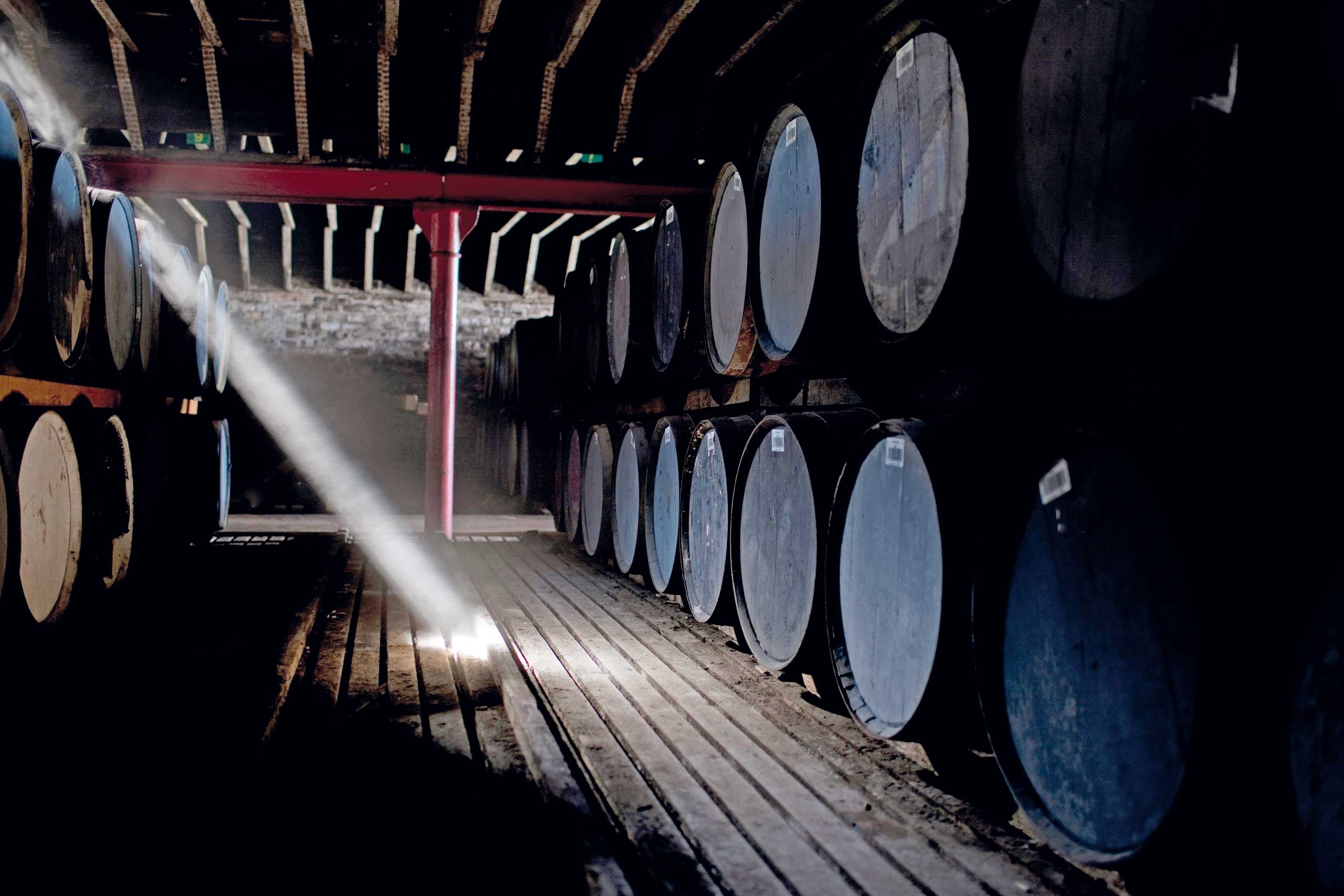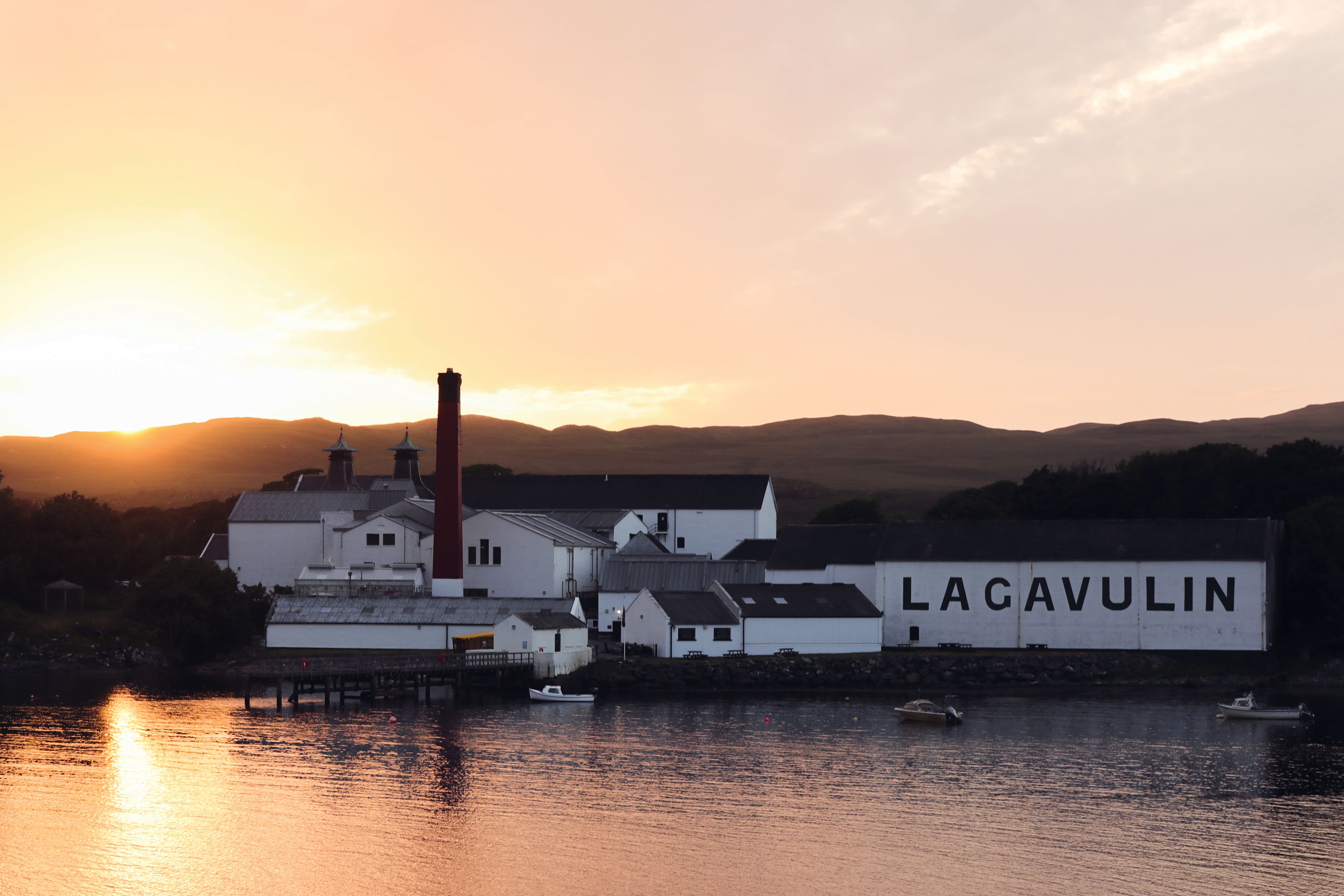THE CALL OF THE HIGHLANDS
Discovering Scotland’s untamed coastline for superyachts
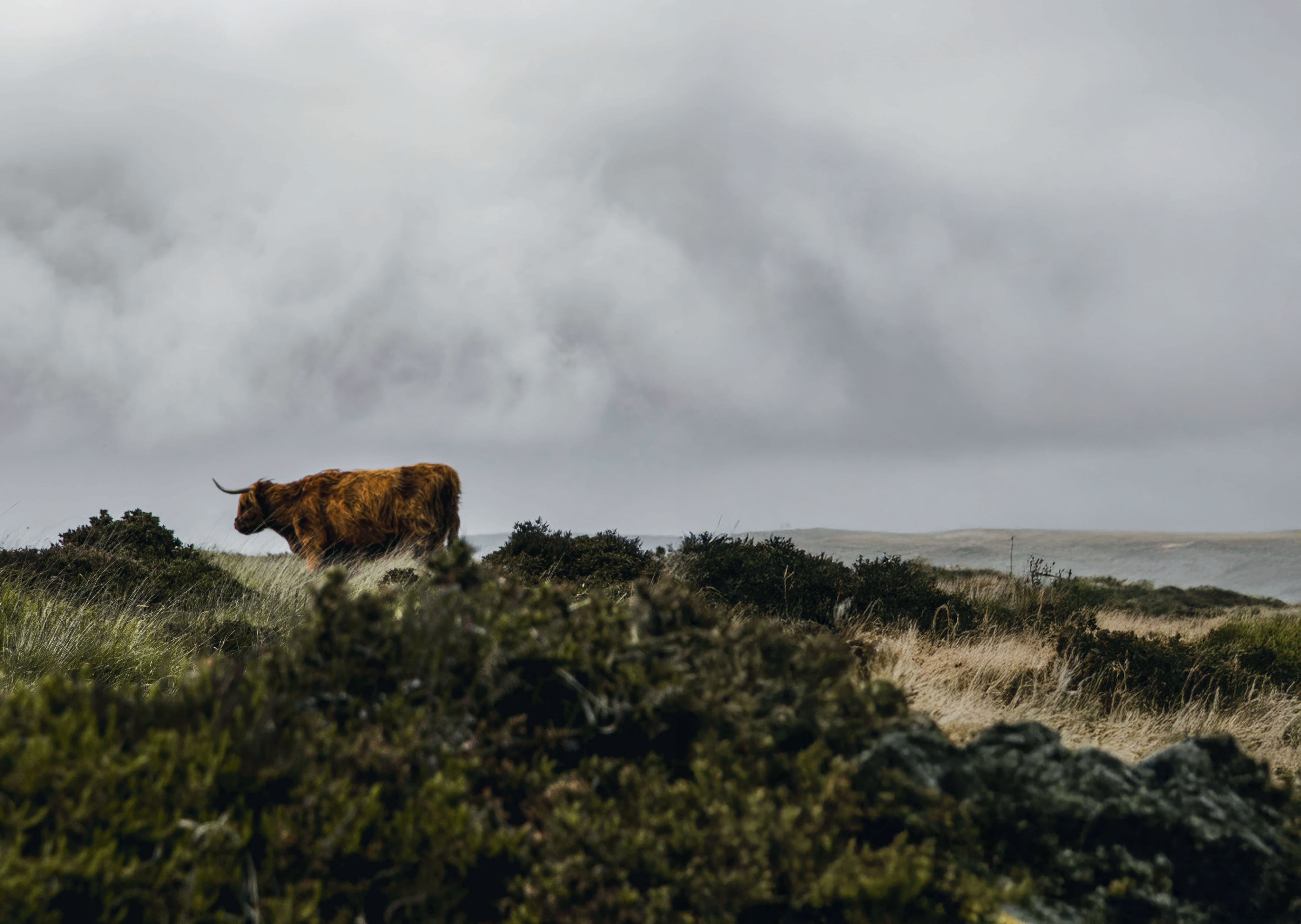
Scotland offers a coastline of breathtaking landscapes and rich history, but it is little visited by superyachts. Georgia Boscawen discovers an abundance of wild wonders and culinary delights on its islands and shores
JOACHIN PRESSL/UNSPLASH
A tapestry of rugged landscapes where nature’s drama unfolds in blessed seclusion, Scotland’s serrated coastline is perfect for superyachts – yet it doesn’t have a reputation to match. Unpredictable weather has certainly acted as a deterrent. Since Brexit, charter yachts also need to jump through a few more hoops to operate in the UK and the VAT registration process can be extensive.
But, says Tom DeBuse, charter manager at Y.CO, “Registration isn’t as challenging as many might expect. While the time frame can vary, the process itself is relatively straightforward aside from the paperwork. To simplify things further, we work with MGMT, a UK agent that not only facilitates registration but also assists with itineraries once the yachts are in position.”
ANNA JAHN/UNSPLASH
ANNA JAHN/UNSPLASH
According to BOATPro, 40 yachts have cruised Scotland in the last year, including charters on 77.4-metre Legend and 61-metre Samadhi. Numbers were fairly similar in 2019, with 39 yachts cruising the Scottish coast. Private trips, of course, aren’t subject to as much red tape, which is why we see more such vessels – for example, 73.6-metre Sherpa and 98.4-metre Aviva – in these waters. But even for charters, once customs is cleared and yachts are VAT registered, Scotland’s rich history, cultural traditions, wildlife and landscape make it a spectacular yachting destination.
COOKSON ADVENTURES Scotland’s western coast is a vast, wild landscape with much to explore
COOKSON ADVENTURES Scotland’s western coast is a vast, wild landscape with much to explore
“Mainland Scotland boasts over 6,160 miles (9,990 kilometres) of coastline – 11,602 miles including the islands,” says Kelvin Murray, EYOS’s head of expeditions. In particular, the Inner and Outer Hebrides [off the west coast of the mainland] have multiple islands, with these rugged coastlines featuring majestic cliffs, sea caves and white sandy beaches to explore [by yacht].”
The picturesque town of Oban, which is considered the seafood capital of Scotland, is located six nautical miles from the Isle of Mull on the mainland and is a fine example of what makes cruising Scotland’s west coast so special.
COOKSON ADVENTURES Legend
COOKSON ADVENTURES Legend
“Oban is like a quintessential, romantic fishing community that time hasn’t touched; it was my favourite place by far,” says Captain Taigh MacManus of Legend. “You can get incredible seafood right off the pier and cruising here really makes you feel immersed in the coastal highlands of Scotland.”
Standing guard at the north of Oban Bay is Dunollie Castle, the seat of the MacDougall clan, built in the 13th century along with McCaig’s Tower and Battery Hill, an epic fortress that stands over the town. Oban Distillery (one of the smallest distilleries in Scotland) is also considered a fine visit, having retained the same distilling process for 200 years.
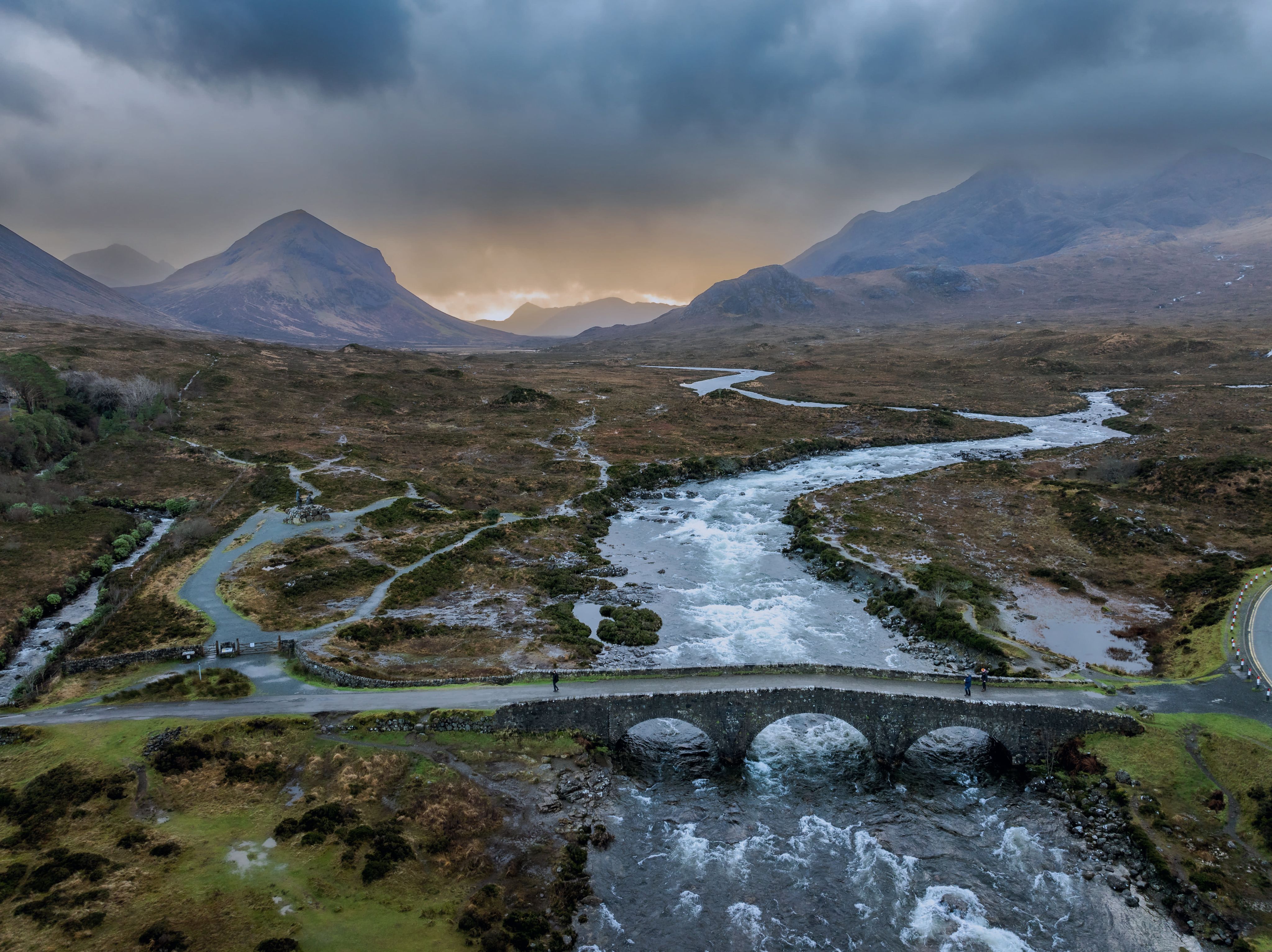
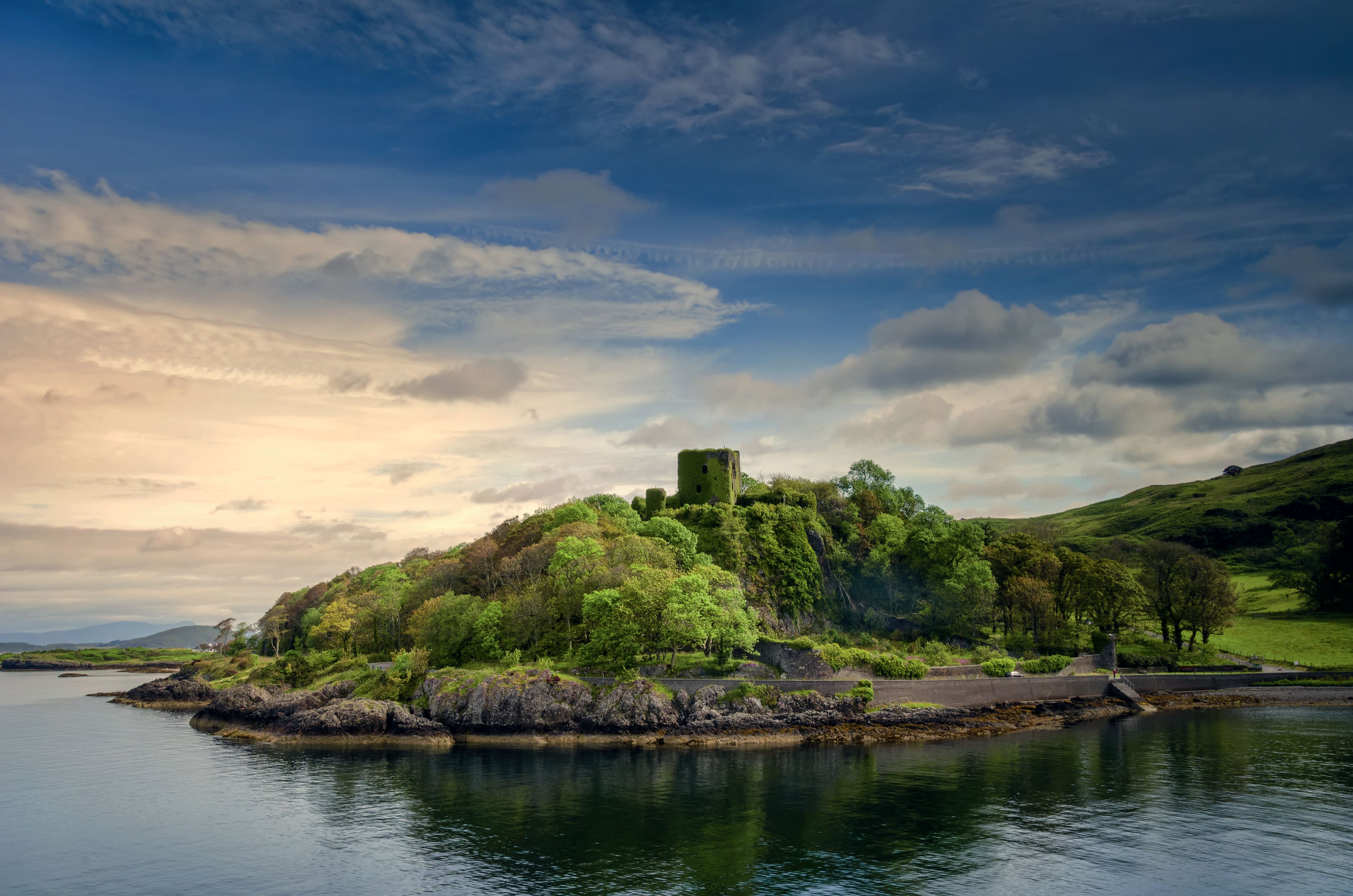
Its single-malt whiskies taste of rich fruits, smoky dryness and honeyed spice with a sprinkling of sea salt.
According to Scottish government estimates, upwards of 40 million people around the world consider themselves to have Scottish ancestry. “We’ve seen a lot of interest in clients wanting to pay homage to their own ancestral roots and learn more about their Scottish heritage through experiences,” says Kevin O’Conor, head of yachts at Cookson Adventures.
COOKSON ADVENTURES Guests of Cookson Adventures arriving at Aldourie Castle by helicopter
COOKSON ADVENTURES Guests of Cookson Adventures arriving at Aldourie Castle by helicopter
“A great example is guests designing a custom family tartan or tweed, with one of Scotland’s leading textile designers.” For this, guests can head to Lochcarron of Scotland, located just 30 nautical miles from the Isle of Skye.
ADOBE STOCK McCaig's Tower presides over Oban, the seafood capital of Scotland
ADOBE STOCK McCaig's Tower presides over Oban, the seafood capital of Scotland
BRYAN WALKER/UNSPLASH
BRYAN WALKER/UNSPLASH
COOKSON ADVENTURES
COOKSON ADVENTURES
But what about the weather? This is the largest hurdle to persuading owners and charterers to tear themselves away from the guaranteed Med sunshine. “Scotland’s frequently maligned weather can be surprisingly poor – and equally surprisingly great,” says EYOS’s Murray. “The weather can be part of the scenery and with modern superyachts equipped for all conditions, this only enhances the experience.”
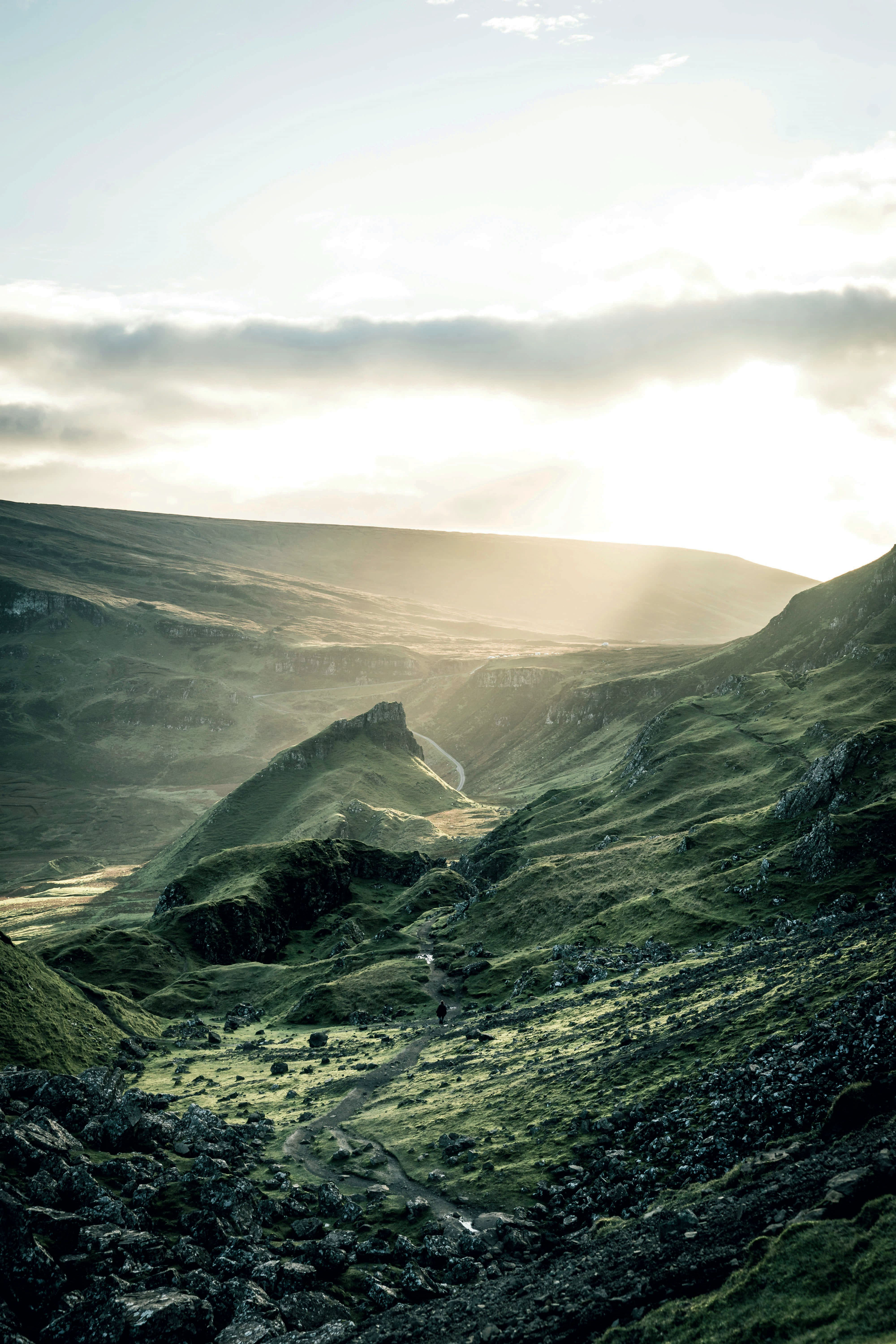
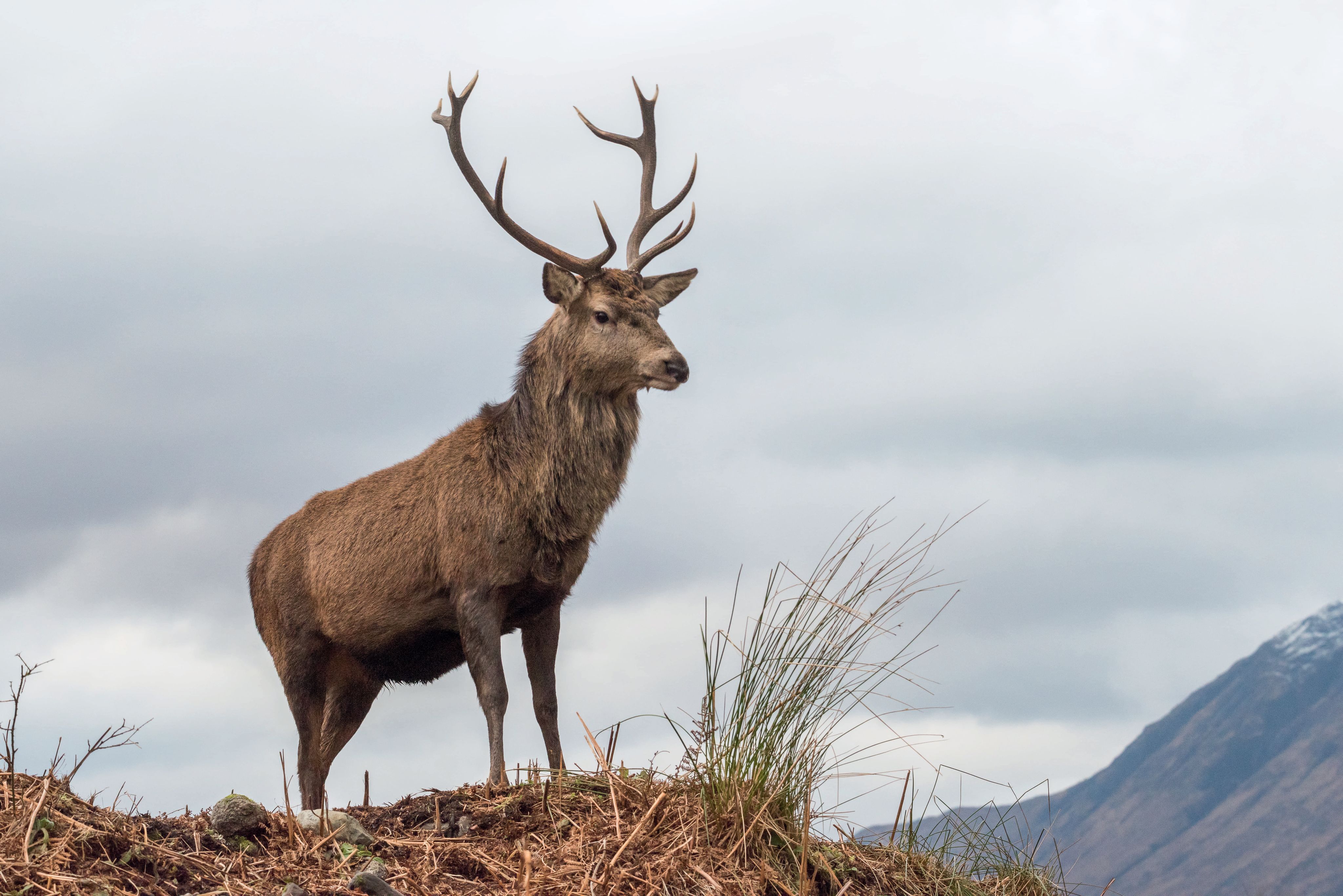
In this vein, O’Conor says, “Many of Scotland’s best experiences can be enjoyed regardless of the weather, from cosy evenings in the warmth of the yacht’s saloon with a dram of whisky to exhilarating RIB rides and dining in ancient stone bothies (stone shelters whose name derives from the Gaelic word bothan, meaning hut). The key is to be adaptable in Scotland. There are plenty of protected anchorages as the inner islands are sheltered, which can provide some relief from high winds.”
“Scotland's weather can be surprisingly poor – and equally surprisingly great”
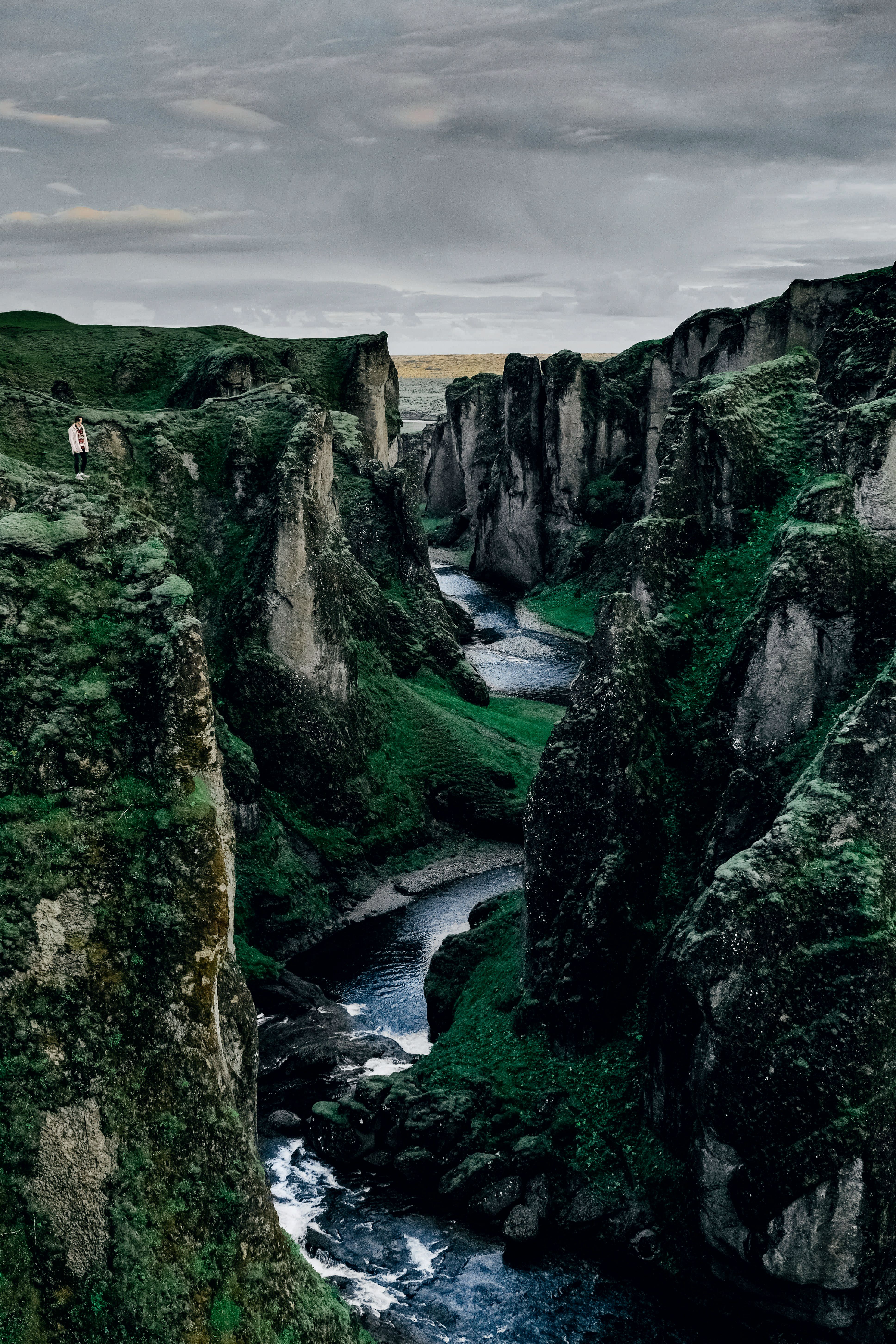
Midges – Scotland’s small mosquito-like pests – pose something of a threat to Scottish tourism too and tend to be at their worst in the peak of summer, though they aren’t really a threat to superyachts, as MacManus explains.
“Midges aren’t on the boat as the wind tends to blow them inland to the marshier areas. I wasn’t experiencing them on board at all.” July and August are when the midges are at their peak, so the best time to visit is September. “It tends to be dryer, and a lot of the Scots who live along the coast see this as the best window,” adds MacManus. Spring is also a good time to visit, with few midges, mild weather and blooming wild flowers.
The water here may not be able to compete with the Med in terms of temperature, but it can compete on diving, with mesmerising sites like Scapa Flow off the Orkney Islands. Considered one of the top dive sites on the planet, Scapa Flow covers 310 square kilometres in area and is approximately 30 metres deep. There are more than 150 wrecks strewn across this body of water, including the German High Seas Fleet – 52 battleships that were deliberately scuttled in 1919 to avoid them being captured by the British.
“For perspective, I found one of the big battleships and put Legend’s stern directly over the top of it, mapping with the multi-beam system. The battleship was a football field longer than Legend, it was like 180 metres,” recalls MacManus. “With our submarine outfit, Scapa Flow is just spectacular – visibility is good when the weather is good and the local dive guides up there are such impressive storytellers that the narratives they would give to guests are incredible.”
More than 150 wrecks from the German WWI fleet are scattered in the Scapa Flow, ripe for dive adventures
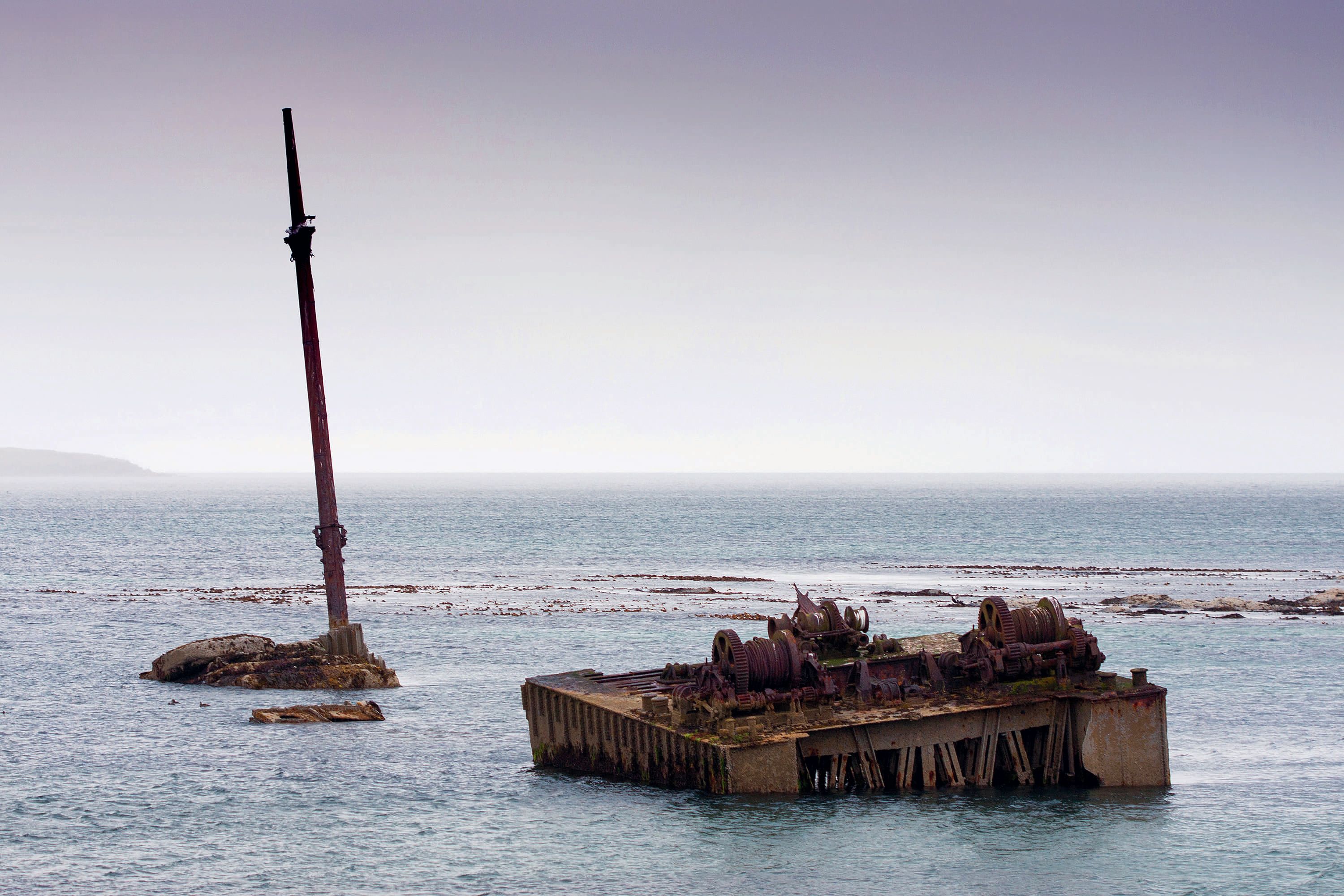
Food here may surprise you too. It’s not all haggis and porridge – although the traditional dessert cranachan, made with whipped cream, raspberries, oatmeal and whisky, has found a home in many high-end restaurants.
Benefiting from the region’s fresh seafood and game, there are 11 Michelin-starred restaurants dotted around the country including Loch Bay, a one- Michelin-starred restaurant on the Isle of Skye set in a pretty crofter’s cottage just metres from the waterfront. It is inspired by Skye’s local harvest with plenty of seafood served in an intimate setting, warmed by a crackling wood burning stove.
Whisky is, of course, a huge part of Scottish culture, with more than 130 active distilleries spread across five whisky regions. On the west coast, the Isle of Islay – the southernmost of the Inner Hebrides islands – is home to a smoky, peaty style of single-malt whisky. Here, located near the ruins of Dunyvaig Castle on Islay’s south coast, is the Lagavulin distillery, which is famed for its rich, peaty character and unusual pear-shaped stills. Another is the waterfront Laphroaig distillery, which is known for its soft, peaty notes and herbal qualities.
ANGUS BREMNER
ANGUS BREMNER
DIAGEO Lagavulin Distillery is famed for its smoky rich Islay malt
DIAGEO Lagavulin Distillery is famed for its smoky rich Islay malt
But aside from the whisky and the rich food, cruising here can suit the whole family, as Murray explains. “A Scottish itinerary for kids can be an incredible adventure, blending mythology, nature, hands-on experiences and wildlife encounters to keep them entertained, while also immersing them in Scottish culture.
The key is to mix interactive history, outdoor fun and magical storytelling so they feel like they’re stepping into a real-life fantasy world.” Tales of ancient battles, castles with giant cannons and colourful fishing villages are just some of the excitements kids can expect.
COURTESY OF LOCH BAY Loch Bay serves Michelin-starred cuisine on the Isle of Skye
COURTESY OF LOCH BAY Loch Bay serves Michelin-starred cuisine on the Isle of Skye
“For something more immersive [for kids], we’ve previously created a bespoke actor-led quest based around the story of the Loch Ness monster,” adds O’Conor. “The children undertook ‘spy training’ to prepare them for the challenges ahead using robots, POV drones and obstacle courses.”
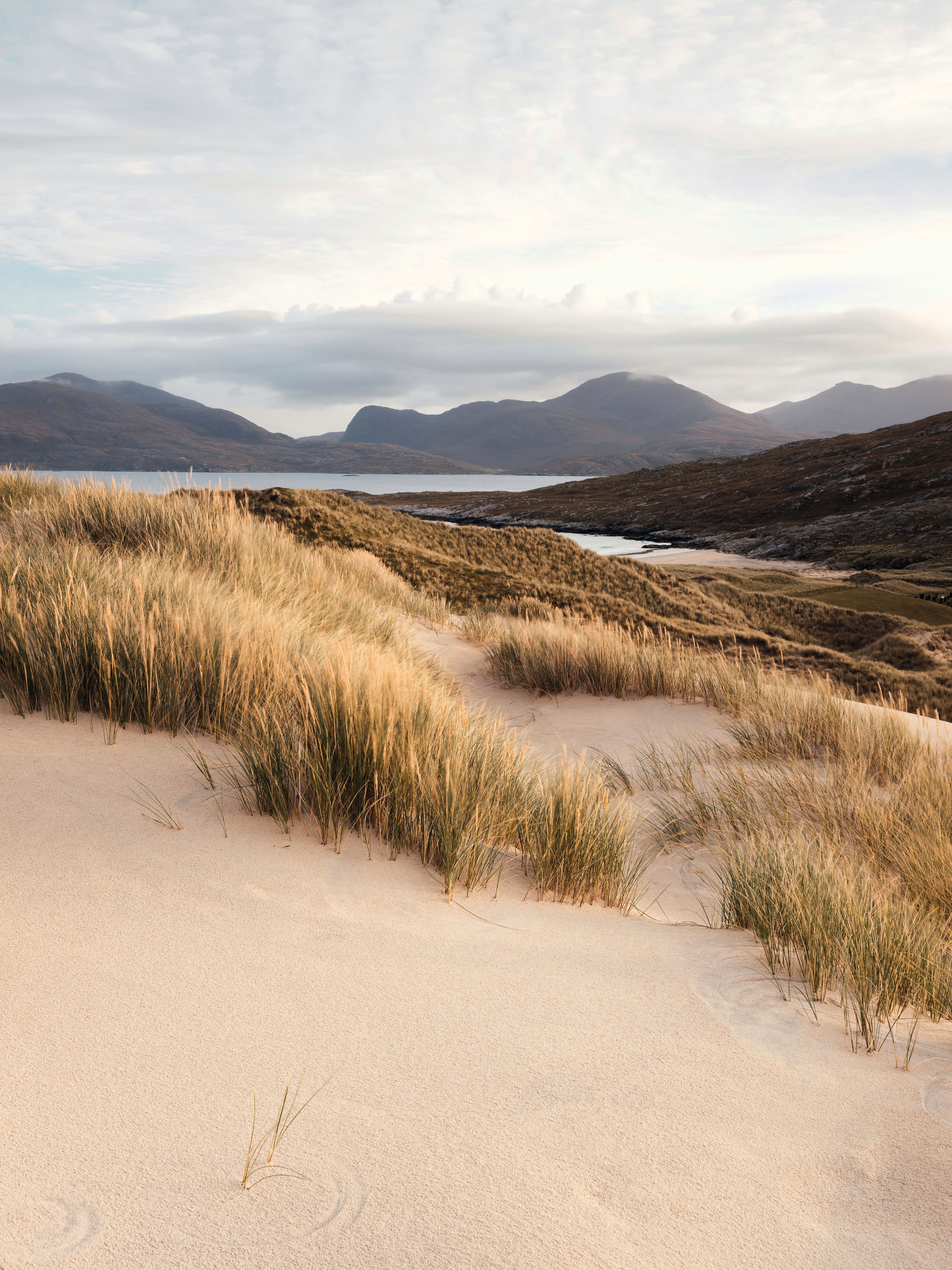
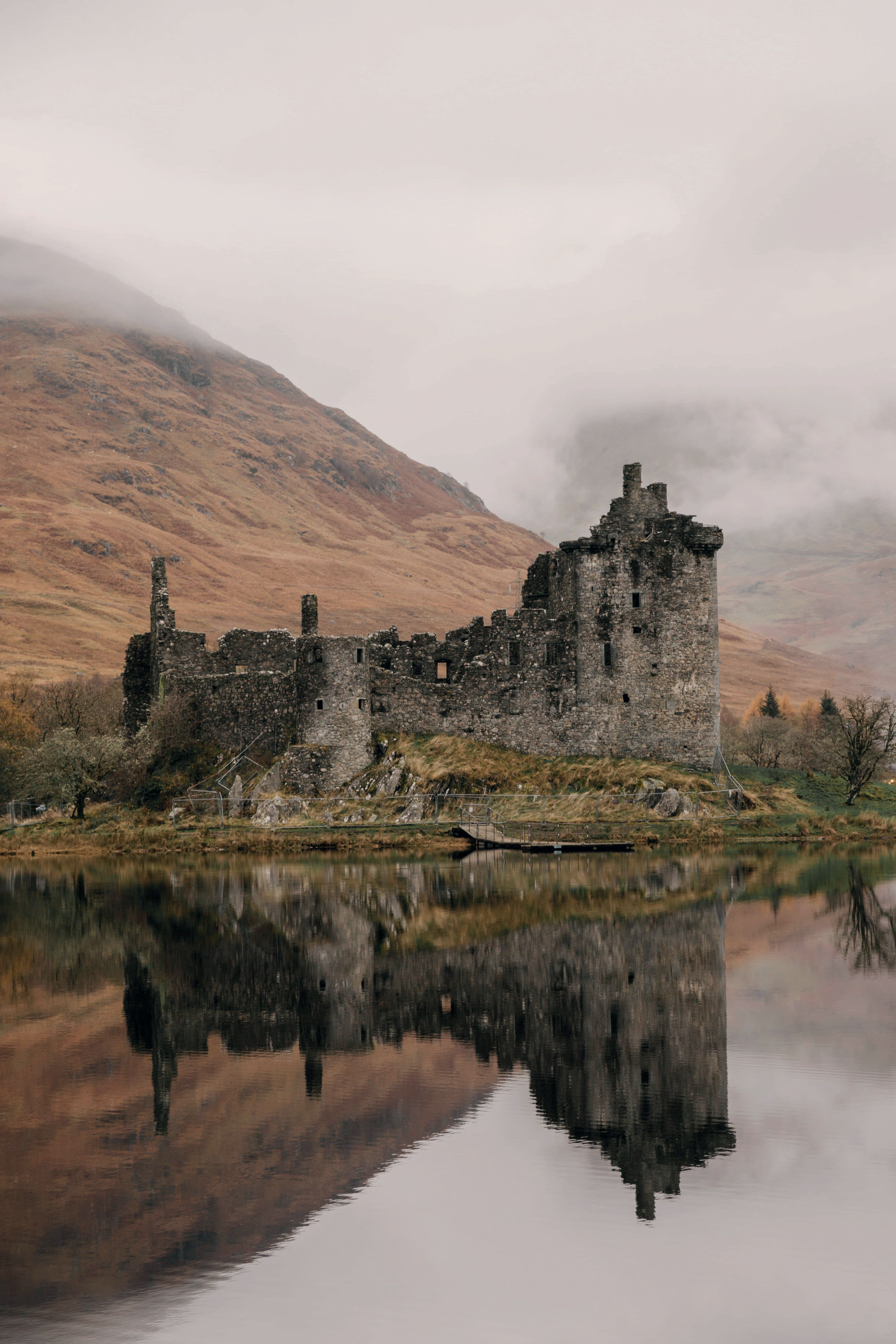
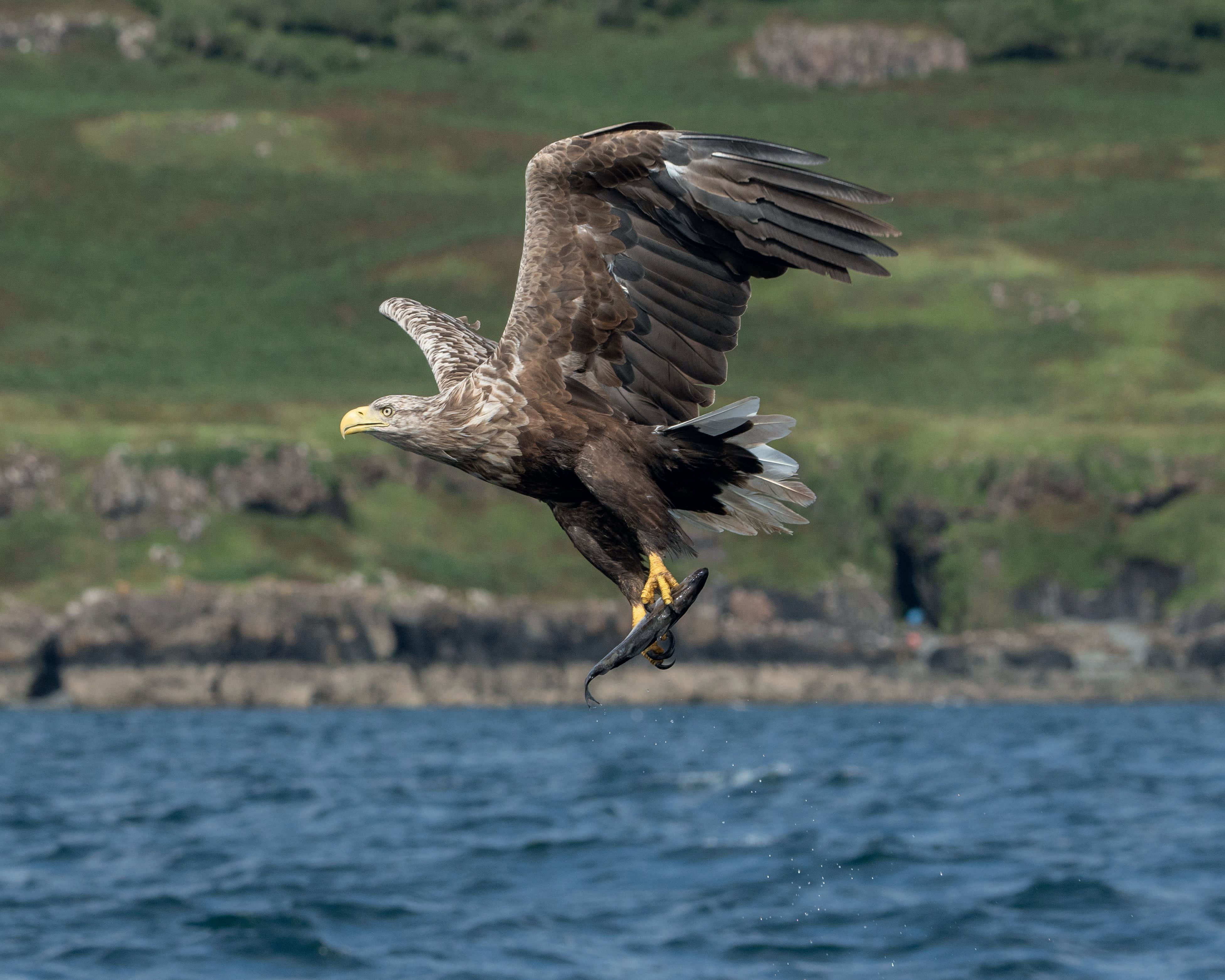
The chances of encountering any other yachts cruising the Scottish coast are about as high as encountering Nessie. Trips here are likely to feel ultra-private. And possibilities are limitless: keen photographers, hikers, artists and history enthusiasts can revel in the enchanting landscapes, while anglers can explore pristine rivers and children can enjoy specially tailored Highland games.
Itineraries abound with historical excursions, wildlife encounters, great food and dramatic scenery. For those seeking to forge deeper family connections and immerse themselves in an ancient culture, this is one of the best places to do so. Scotland’s magic easily outshines any rain clouds.
How to visit Scotland by yacht
VAT registration and agency services: MGMT, mgmtyacht.com
The rules: to charter in Scotland, yachts must be VAT registered with HMRC before entry, with payment due before the beginning of the charter. Payments will be clearly specified in the charter agreement from the broker. There are no restrictions on length of stay.
Best time to visit: spring (late March
to May) and autumn (September to November). Peak summer will be sunny, but midges may be a nuisance on land.
Yachts available for charter in Scotland:
Sherakhan – y.co
Kismet – cecilwright.com
Amaryllis – hillrobinson.com
First published in the May 2025 issue of BOAT International. Get this magazine sent straight to your door, or subscribe and never miss an issue.


